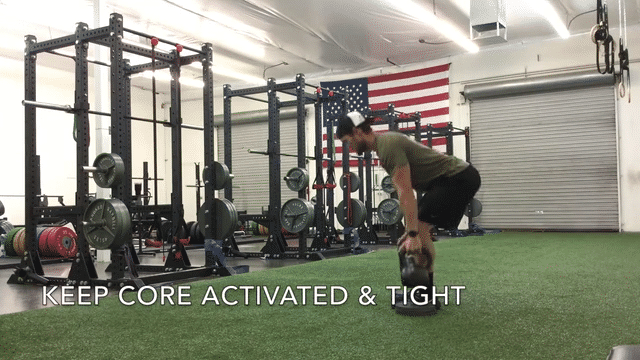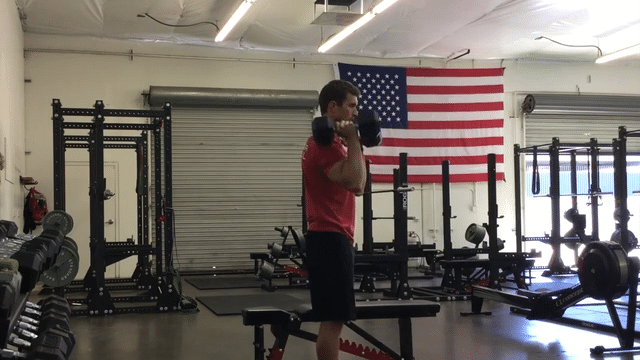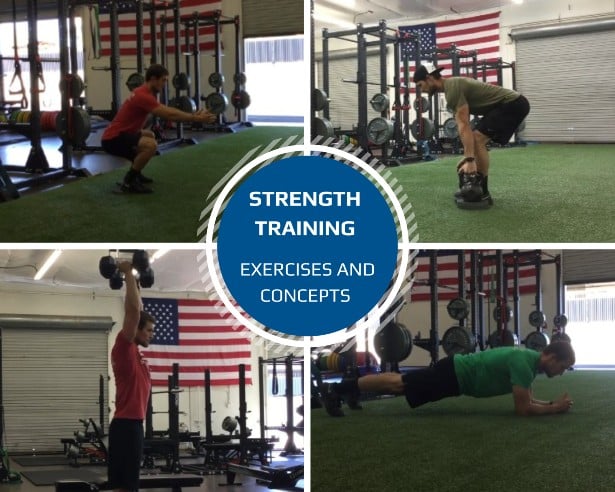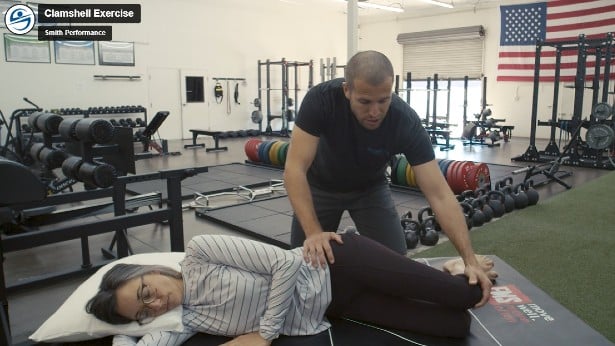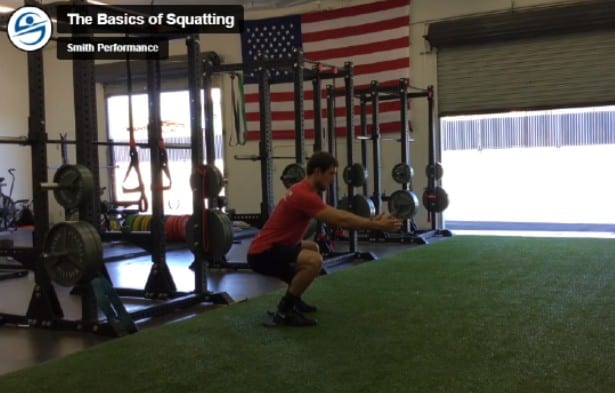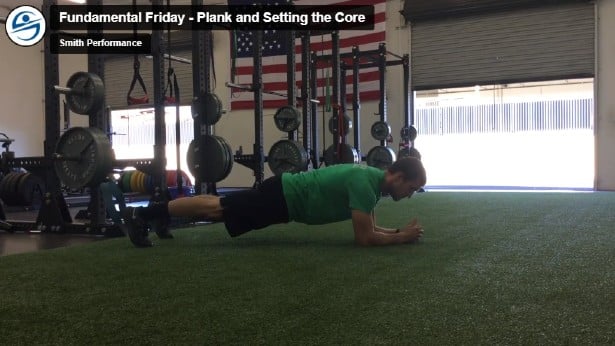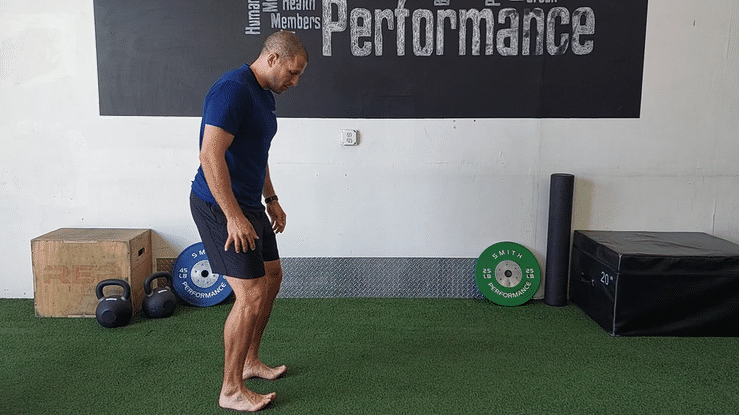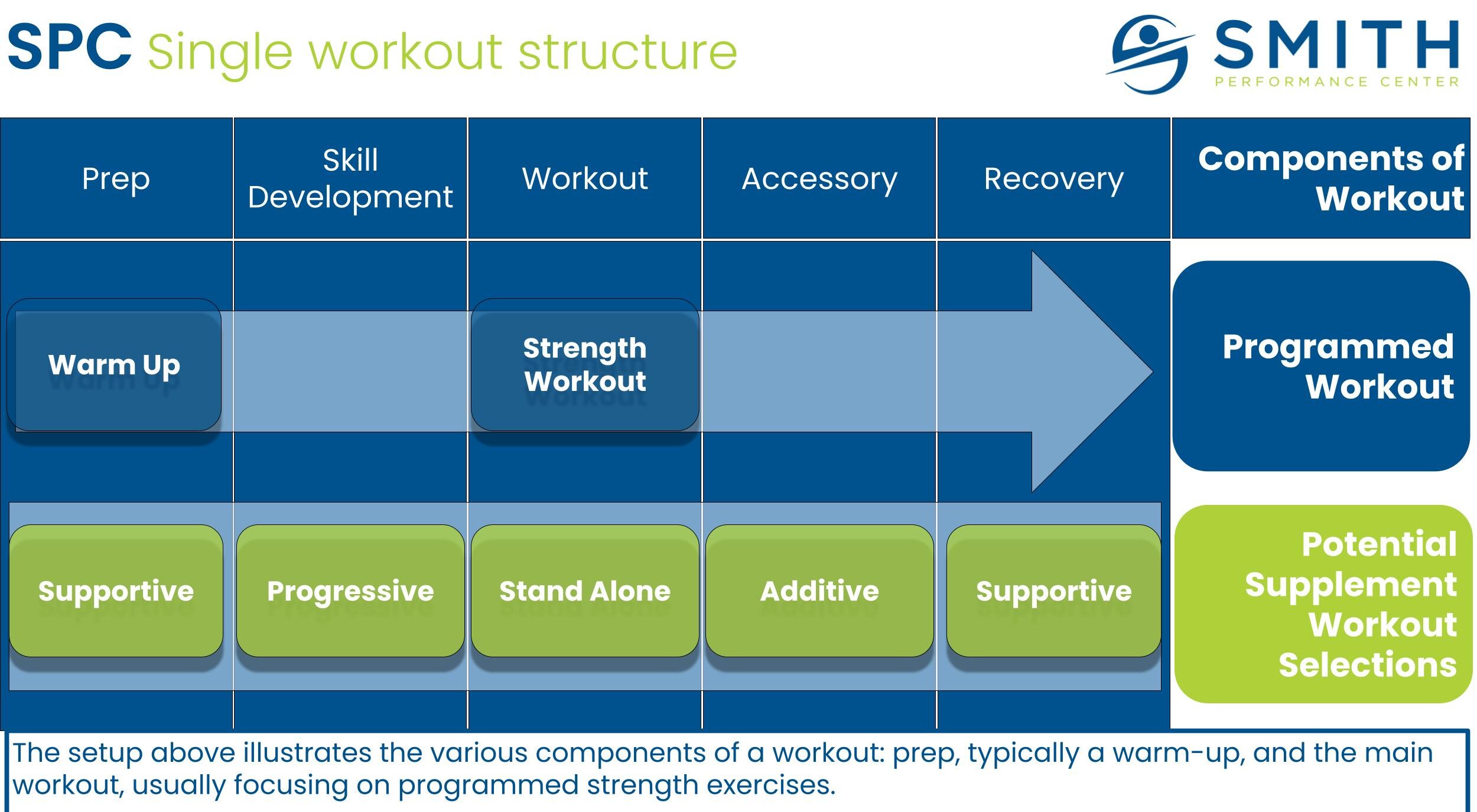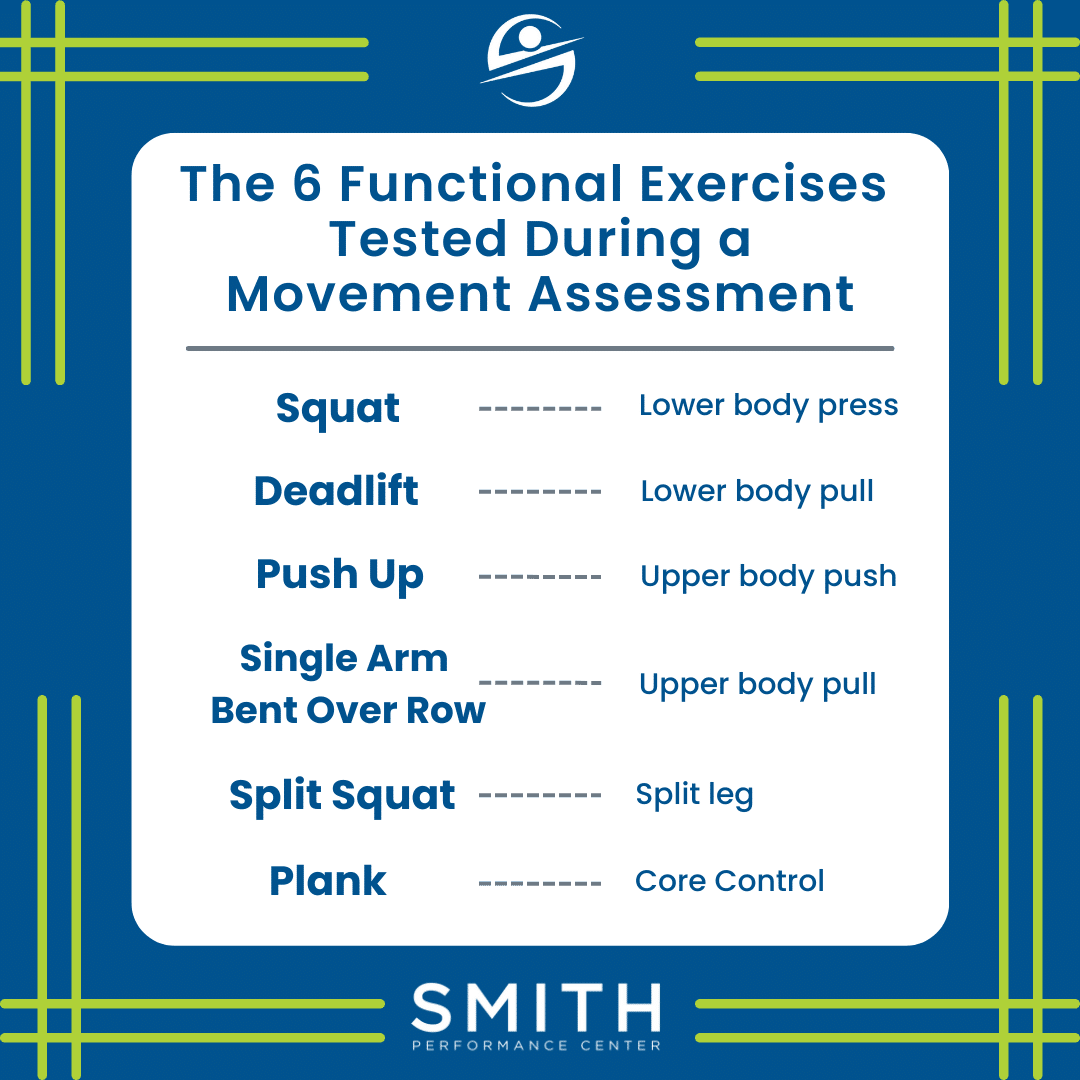
The 6 Functional Exercises Tested During a Movement Assessment
A mistake in exercise programming that our team encounters is a heavy emphasis on variety in exercise, instead of movement pattern mastery. Our team does not focus on an endless array of exercises. The focus is on building depth in foundational movement patterns. These patterns make up every movement you perform when lifting. If these foundational movements are missing, advanced exercises will be wasted on poor form. You need to own the basic movements first. During the movement assessment, the 6 foundational movement patterns are assessed with 6 functional exercises from each movement pattern category. The movement assessment is where our strength coaches determine what may cause issues in your program: accountability, rehab standard, location/time, coaching need, and comfort level. The 6 functional exercises help our coaches determine your coaching need, if you have a tissue capacity issue (rehab standard), your comfort level with free weights, and what is the



